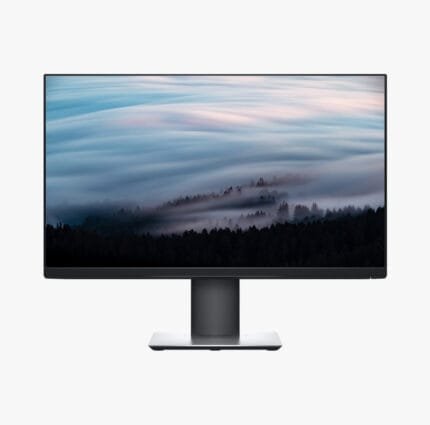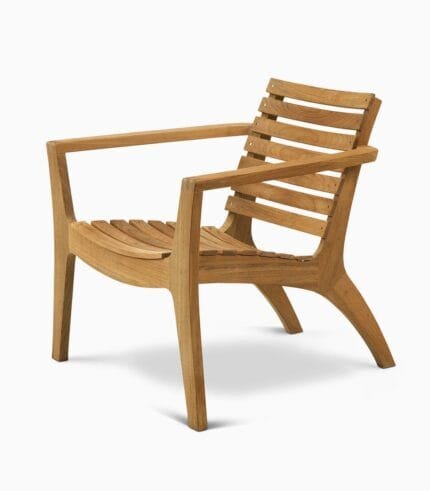Unleashing the Power of Digital Artistry: Crafting Intricate and Beautiful Digital Art Masterpieces
The Passion Behind Digital Art Creation
Digital art creation stands as a testament to the profound dedication and emotional investment that artists commit to their craft. Every digital masterpiece begins with a spark of inspiration – a fleeting idea, a vivid dream, or a subtle moment captured from daily life. This initial spark ignites a journey that unfolds on the digital canvas, where artists merge their personal experiences and emotions into intricate and beautiful digital art pieces.
The tools and techniques pivotal to modern digital art have revolutionized the artistic process, allowing unprecedented flexibility and endless possibilities. Graphic tablets and stylus pens have become indispensable, enabling artists to translate complex ideas into visual realities with precision and fluidity. Software such as Adobe Photoshop and Procreate provides a versatile platform, equipped with a myriad of brushes, textures, and effects that offer the freedom to experiment and innovate without the fear of irreversible mistakes. With the ability to undo or redo any part of a project, artists can push creative boundaries, refining their work to perfection.
Compared to traditional media, digital art offers unique advantages that amplify the artist’s creative potential. The immediacy of digital tools allows for dynamic and responsive creation, enabling artists to explore diverse styles and methods in a single piece. The capacity to manipulate layers, apply digital effects, and blend colors seamlessly opens new realms of artistic expression that are often unattainable with conventional techniques.
Renowned digital artists often share anecdotal stories that vividly illustrate the passionate nature of their work. For instance, artist Loish describes the deep connection she feels with her art, stating, “Digital art allows me to bring my imaginary worlds to life with such clarity and detail; it’s an intimate dance between my emotions and the pixels on the screen.” Such testimonials underscore the profoundly personal journey each digital artist undertakes, driven by a fervent devotion to their craft and the endless possibilities that digital artistry presents.
Technological Marvels: Tools and Techniques for Crafting Digital Masterpieces
The advent of digital art has been an evolutionary journey marked by remarkable technological advancements. The transition from basic pixelated creations to highly detailed and lifelike digital masterpieces is a testament to the innovation in digital art tools and technology. Key to this transformation are high-resolution graphic displays, which allow artists to work with precision and accuracy never before imaginable. Further bolstered by powerful processing units, these tools handle complex computations and renderings effortlessly, making it possible to create intricate and high-quality artwork.
Intuitive software interfaces have also played a significant role, streamlining the artist’s workflow and offering a more user-friendly environment. Programs like Adobe Photoshop, Corel Painter, and Blender have become standard tools in the digital artist’s arsenal. These platforms offer extensive features such as advanced brush systems, customizable tools, and robust layering capabilities that enable artists to bring their visions to life with incredible detail and nuance.
Specific techniques have emerged as vital components of digital artistry. For instance, the use of layering allows artists to isolate different elements of their artwork, making editing and adjustments easier without affecting the entire composition. Digital painting techniques, mimicking traditional methods but with added flexibility, and 3D modeling, which transforms two-dimensional sketches into three-dimensional forms, have expanded the creative possibilities. Additionally, the integration of AI in generating art is a groundbreaking innovation, enabling the creation of complex patterns and assisting in tasks that can be tedious and time-consuming.
The digital creation process typically begins with initial sketches, where foundational ideas are mapped out. This stage is followed by the layering process, where elements are individually developed and refined. Texturing adds depth and realism, while final polishing touches ensure cohesiveness and visual appeal. Each step involves meticulous attention to detail, leveraging technological tools to craft a cohesive and stunning piece.
For aspiring digital artists, embracing these technologies is crucial. Mastery of software and techniques not only enhances one’s skillset but also facilitates the development of a unique artistic style. It is advisable to invest time in learning software functionalities, experimenting with different tools, and continuously practicing to achieve proficiency. By doing so, artists can harness the full potential of digital artistry and create breathtaking works that push the boundaries of creativity.





















